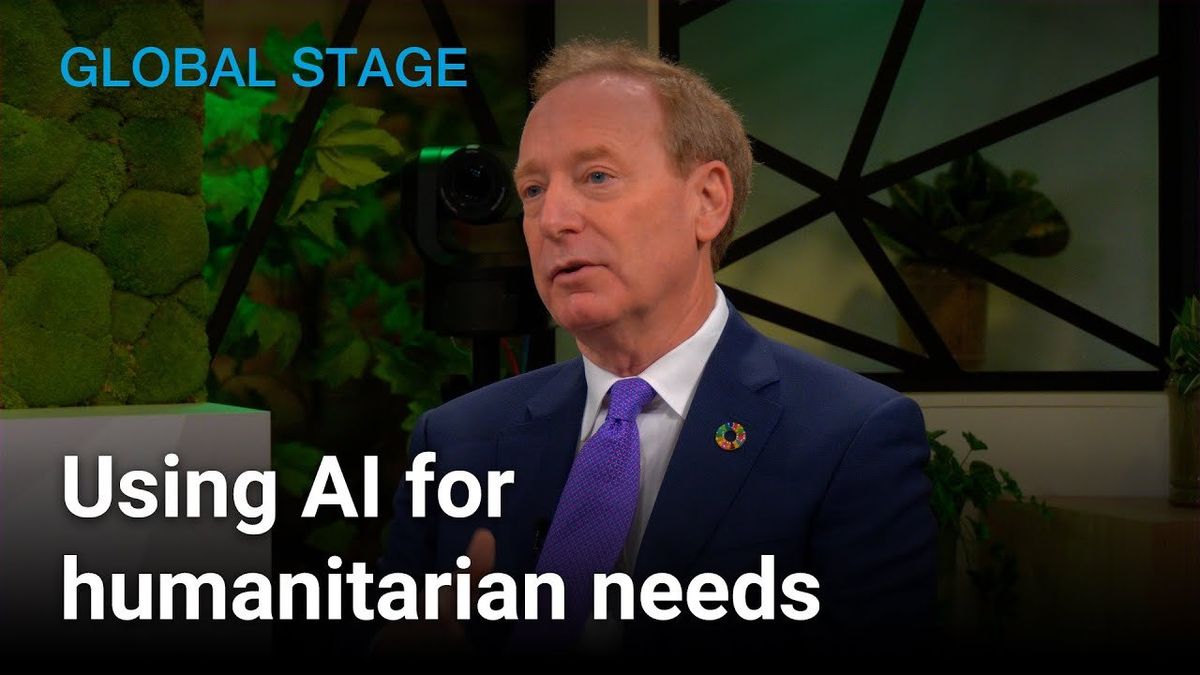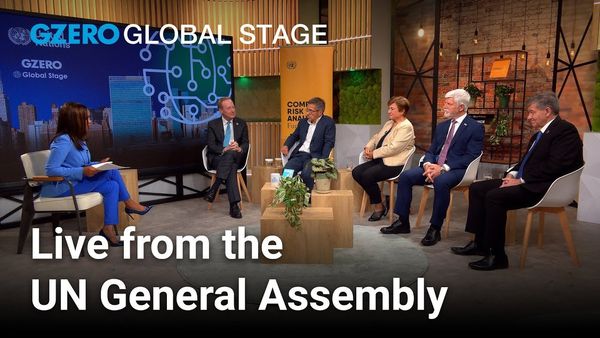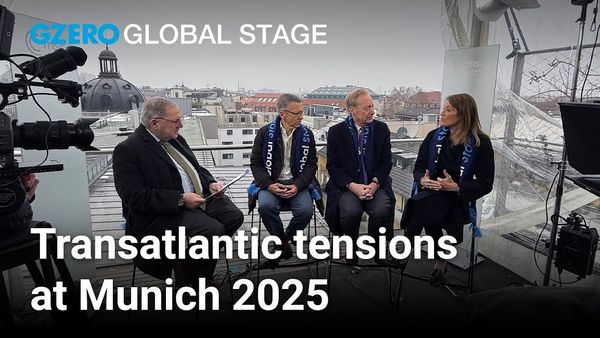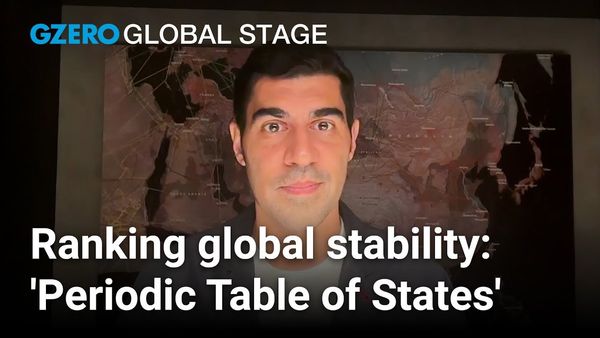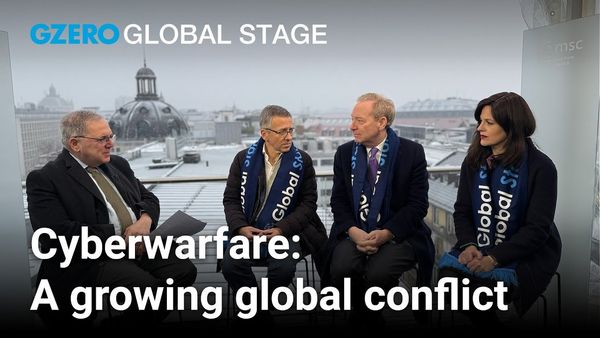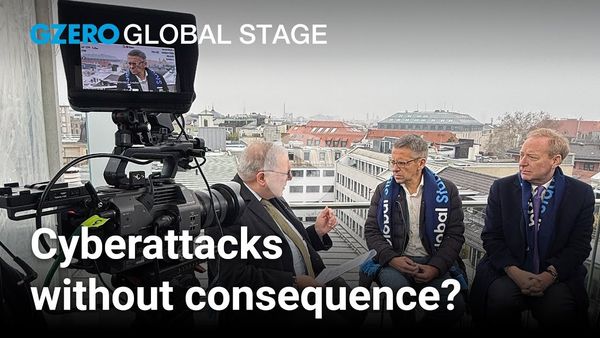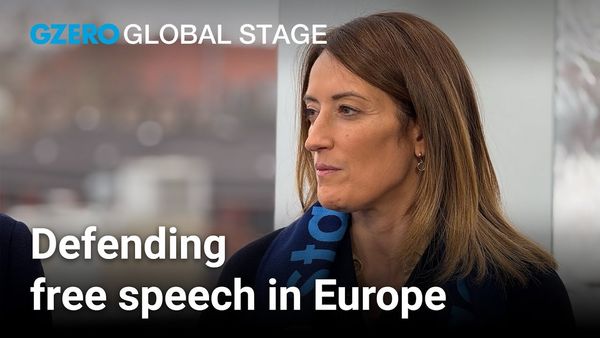When a country experiences a natural disaster, satellite technology and artificial intelligence can be used to rapidly gather data on the damage and initiate an effective response, according to Microsoft Vice Chair and President Brad Smith.
But to actually save lives “it's high-tech meets low-tech,” he said during a Global Stage livestream event at UN headquarters in New York on September 22, on the sidelines of the UN General Assembly.
He gave the example of SEEDS, an Indian NGO that dispatches local teens to distribute life-saving aid during heatwaves. He said the program emblemizes the effective combination of “artificial intelligence, technology, and people on the ground.”
The discussion was moderated by Nicholas Thompson of The Atlantic and was held by GZERO Media in collaboration with the United Nations, the Complex Risk Analytics Fund, and the Early Warnings for All initiative.
Watch the full Global Stage conversation: Can data and AI save lives and make the world safer?
- The urgent global water crisis ›
- Armenia faces Karabakh refugee crisis ›
- Is the global food crisis here to stay? ›
- Can data and AI save lives and make the world safer? ›
- The AI power paradox: Rules for AI's power ›
- A vision for inclusive AI governance ›
- An early warning system from the UN to avert global disasters - GZERO Media ›
- Use AI and data to predict and prevent crises - Melinda Bohannon - GZERO Media ›


